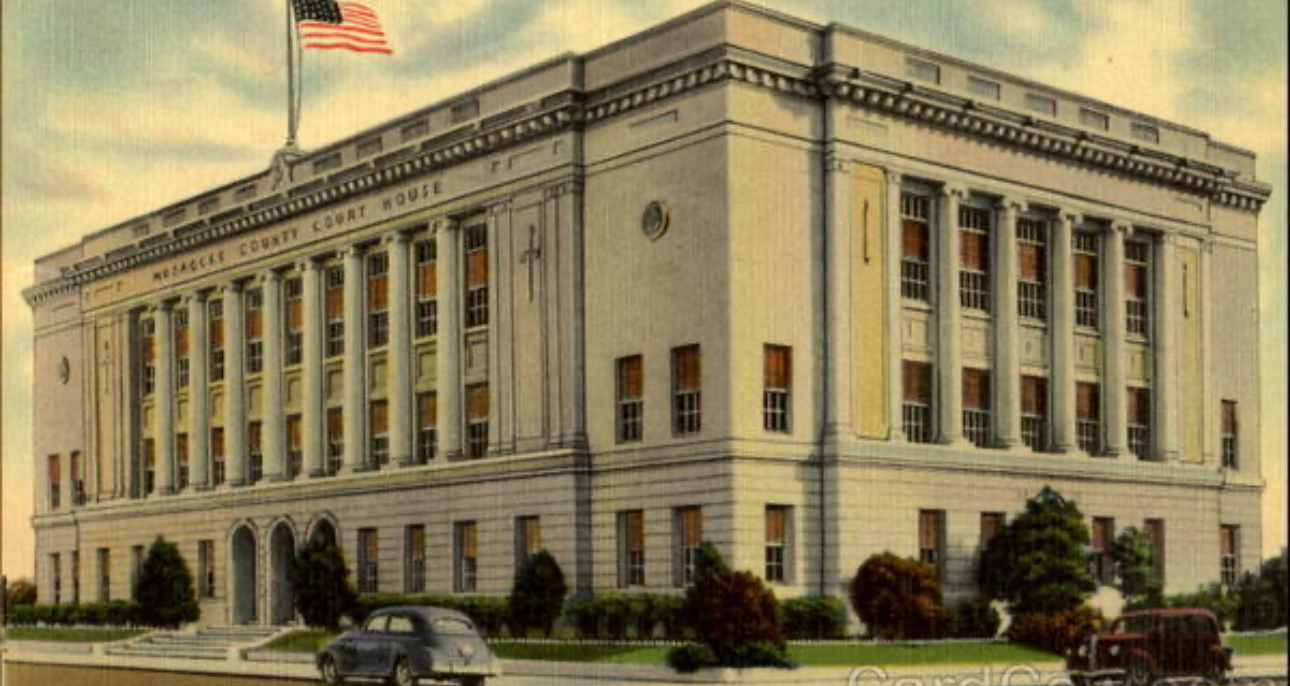News
The History and Structure of Muskogee Courts

The room is still except for the shuffle of papers and the quiet murmur of attorneys conferring with their clients. A judge, robed in black, presides from a raised bench, her gavel within reach.
Wooden pews line the back, where citizens, witnesses, and family members wait their turn. Sunlight filters through high windows, casting long shadows across the seal of the State of Oklahoma.
This is a typical morning in the Muskogee courts a place where disputes are settled, rights are defended, and justice is given form.
For generations, these halls have been a cornerstone of civic life, shaping the rhythm of the community and standing as a symbol of fairness and order.
Roots of Justice in Muskogee
The history of Muskogee courts stretches back to a time before Oklahoma became a state, when the land was part of Indian Territory. In those early days, justice was an intricate blend of cultures. Native American nations, particularly the Five Civilized Tribes, had their own well-established legal systems rooted in custom, consensus, and community responsibility.
These traditions emphasized mediation and restoration, values that sometimes contrasted with the more adversarial structure of U.S. courts. As federal jurisdiction gradually extended into the territory, a unique legal landscape emerged one where tribal courts, federal courts, and local authorities operated side by side.
By the time Oklahoma achieved statehood in 1907, Muskogee had already developed a reputation as a vital legal hub, bridging Native and American judicial traditions in ways that continue to influence its character today.
Evolving Through the Decades
As the decades passed, Muskogee courts adjusted to the shifting tides of social and political change. The civil rights era brought a heightened focus on fairness and equal protection under the law, prompting courts to reevaluate procedures and ensure broader access to justice.
Economic booms and downturns influenced the kinds of disputes appearing on dockets from property foreclosures during hard times to business contract cases during periods of growth.
Technological progress also reshaped the courtroom: typewriters gave way to digital case management systems, and more recently, video conferencing has allowed remote hearings, ensuring proceedings continue even in times of public crisis.
At key moments whether mediating land disputes, overseeing high-profile trials, or navigating public health emergencies the Muskogee courts became not just a place of legal resolution, but a focal point for the entire community.
Inside the Court Structure
Today, the Muskogee courts operate as a layered system, each part serving a specific purpose within the broader framework of justice. At the local level, municipal courts handle matters like traffic violations and city ordinance cases, keeping the everyday gears of law turning smoothly.
The district courts, with broader jurisdiction, address more complex civil and criminal cases, from serious felonies to significant business disputes. Judges lead these proceedings, interpreting the law and ensuring fairness, while clerks maintain the intricate web of records, schedules, and filings that keep cases moving.
Bailiffs provide security, court reporters capture an exact record of testimony, and administrative staff guide the public through the often-complex process. Cases can begin in a municipal setting and, if appealed or involving larger legal questions, move upward to higher courts, illustrating the interconnected nature of the system.
In every tier, the focus remains the same to uphold the rule of law and serve the people of Muskogee with integrity.
Modern-Day Function and Public Role
In the present day, the Muskogee courts operate at the crossroads of tradition and progress. They continue to uphold time-honored principles of justice while embracing tools and processes that meet the demands of a modern, fast-paced world.
From small claims and family disputes to serious criminal trials, the range of cases reflects the diverse needs of the community. Mediation programs offer alternatives to lengthy litigation, while technology streamlines filings and scheduling, making the system more accessible to citizens.
Today, Muskogee courts remain central to upholding the law while adapting to the needs of a diverse population, ensuring that fairness is not just a historic value but a living reality.
Closing Reflection
The history of Muskogee’s judicial system is not merely a series of dates and reforms; it is the foundation on which its present-day role is built. The legacy of blending cultures, adapting to change, and serving as a stabilizing force continues to shape every hearing, every ruling, and every effort to ensure equal treatment under the law.
Looking ahead, the courts will likely face new challenges from emerging legal issues to evolving community expectations but their commitment to justice is unlikely to waver. In Muskogee, the courts are more than institutions; they are enduring guardians of the principles that hold the community together.
Kenya Insights allows guest blogging, if you want to be published on Kenya’s most authoritative and accurate blog, have an expose, news TIPS, story angles, human interest stories, drop us an email on [email protected] or via Telegram
-

 Investigations2 weeks ago
Investigations2 weeks agoMoney Bior, Lawyer Stephen Ndeda Among 18 Accused Of Running An International Fraud Ring Involved With Scamming American Investor Sh500 Million
-

 Investigations2 weeks ago
Investigations2 weeks agoNestlé Accused of Risking Babies’ Health in Africa with ‘Toxic’ Cerelac Product Sold Highest in Kenya
-

 Investigations1 week ago
Investigations1 week agoHow Land Grabbing Cartels Have Captured Ardhi House
-

 News1 week ago
News1 week ago48-Year-Old Woman Who Pushed 25-Year-Old Boyfriend To Death From 14th Floor Kilimani Apartment Arrested
-

 Investigations2 weeks ago
Investigations2 weeks agoKDC Rocked With Fresh Sh500 Million Tender Scam
-

 Grapevine2 weeks ago
Grapevine2 weeks agoMP Anthony Kibagendi Assault and Injures Kisii Man He Accuses Of Sleeping With One Of His Girlfriends
-

 News2 weeks ago
News2 weeks agoKenyan Man Fighting For Russia Killed On The Frontline Of Ukraine
-

 Business2 weeks ago
Business2 weeks agoHow Dinesh Construction Engaged In Tax Fraud Using ‘Missing Trader’ Scheme

















